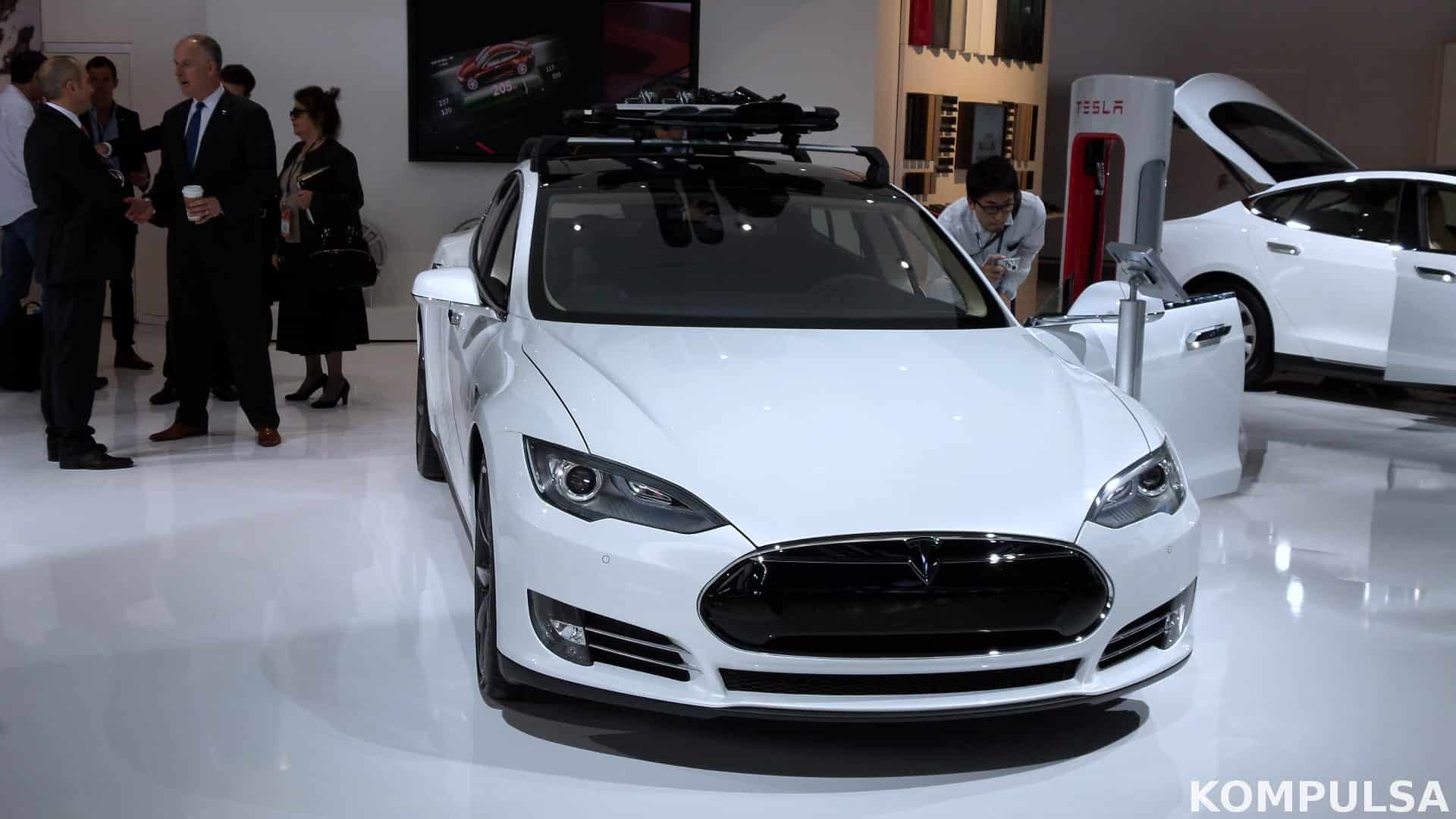Building concepts are always changing, and many structures are effective at providing shelter. However, considering the astronomical cost of building any structure these days, shouldn’t they do more? I think so. A carport is something that provides much-needed shelter from paint-destroying sunlight as well as rain and hail. It can even limit the amount of snow falling on your car during winter so you can get to work in a more timely fashion.
Solar panels that are properly mounted on a frame can provide your car with all of that protection, and generate more than 1,000 Watts (1 kW) of electricity during sunny hours — and that is if its a small solar car port. The larger the solar car port is, the greater its electricity generation potential. If you have or are considering an electric car, the solar car port would compliment it nicely if you use it to charge the car.
That way you would have the ability to charge your car during a power outage so you’re not without transportation, make the paint last longer, and spend less time struggling with snow before your morning commute. If you’re wondering what happens during cloudy weather, you’re not alone. Solar panels do not require direct sunlight to generate electricity.
A 1,000 Watt solar panel on the other hand will generate less than its rated capacity during cloudy weather. Depending on how cloudy the weather is, it could be under 400 Watts. That isn’t ideal, but it’s still contributing to your energy supply. Also, a setup with either net-metering or energy storage would render that a non-issue because you’d have backup power — even at night.
Another way to look at the concept of solar car ports is: Solar panels are expensive, so why not make them do more? People shouldn’t be spending money to acquire land for solar panels, and they shouldn’t be sacrificing land for solar panels. The panels can be used as a carport instead, sacrificing almost not space while providing the benefit of shelter — something that would cost plenty even if no solar panels were involved.






